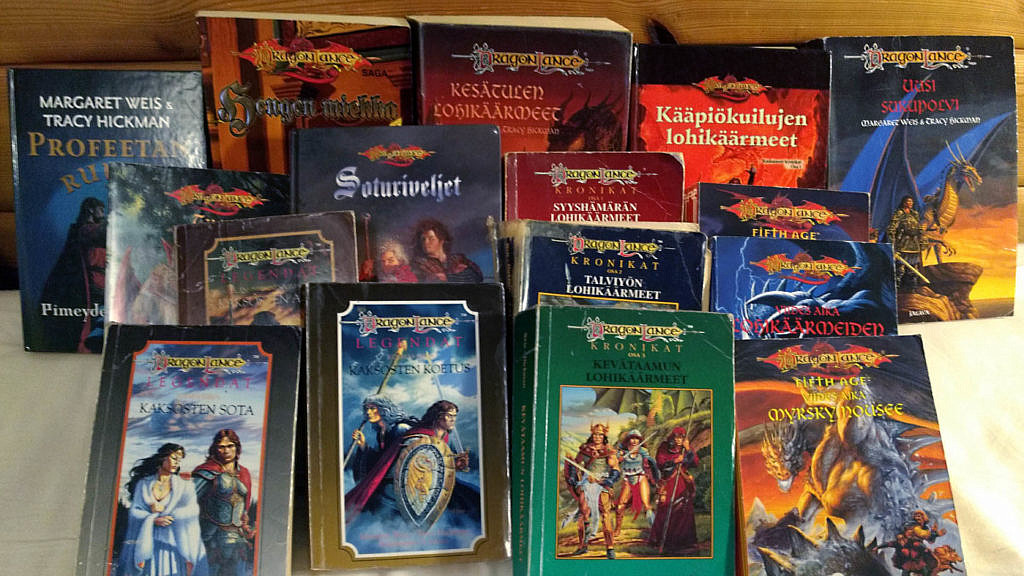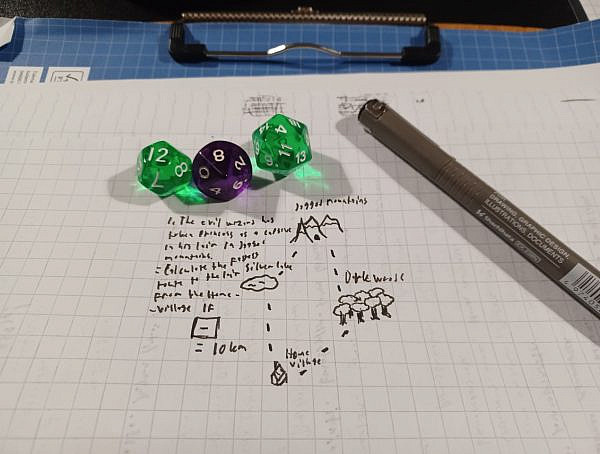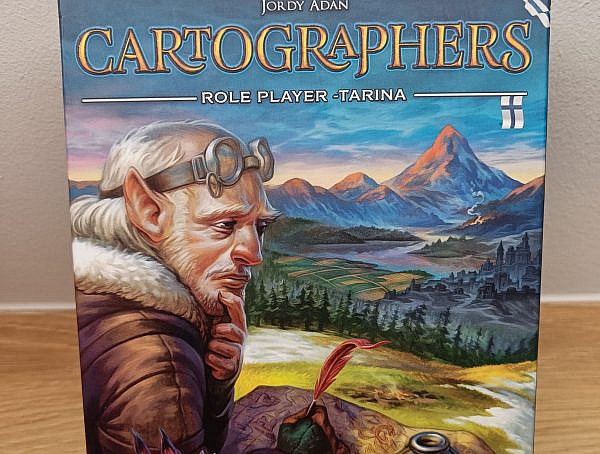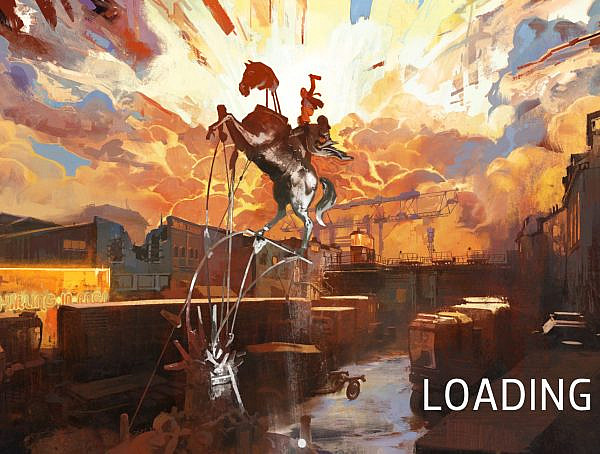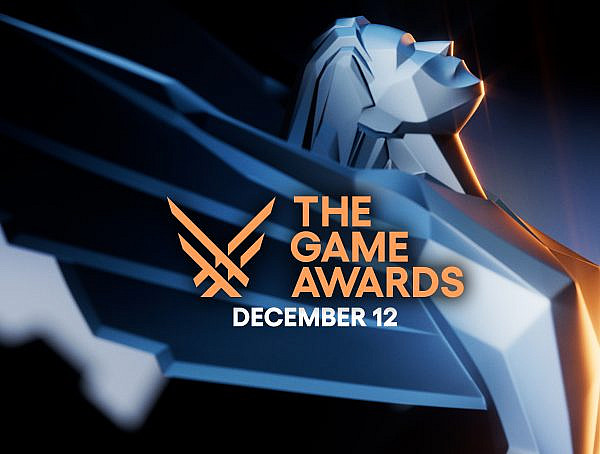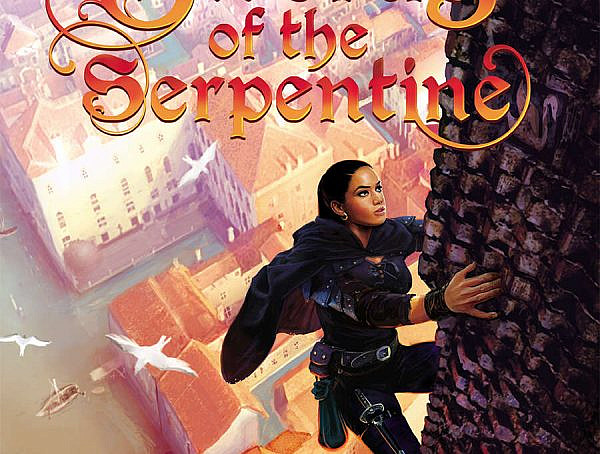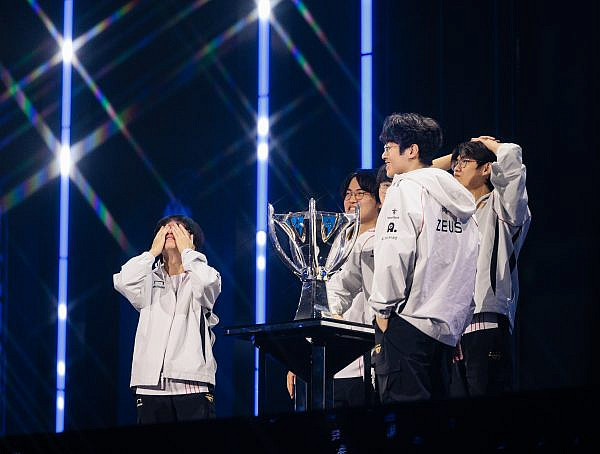I was introduced to Dungeons & Dragons through the Dragonlance book series. I scoured my local library for any books of the fictional fantasy setting. Stories of fellowship in an ancient world of clerics, elves, and magic? Captivating. An evil dragon goddess trying to conquer it? Incredible.
Looking back, the books were not that incredible. But they gave me ideas, and though I am fond of the stories of Dragonlance, I have always wanted to create things of my own. Now, with a year of experience running a few not-so-successful campaigns in a home-brewed (self-made) game world, I have learned much more than just rolling dice.
The 5th edition of Dungeons & Dragons came to me by happenstance. It was a classic name and seemed simple enough to start with, as I had no experience with tabletop role-playing games. In D&D, the DM (dungeon master) upholds rules and plays as the monsters and non-player characters. Players tend to have a single character under their control, adventuring in a world described by the DM. Dragonlance was one of these worlds, an official setting, in previous editions of the game.
But I wanted to create a custom setting. D&D is not just a system of abstract game rules. Playable classes, monsters, equipment, and planes of existence are intricately described. This works well as a basis for creating specific kinds of worlds: those of swords & sorcery with wizards, half-naked barbarians, and knights with shining armor, all coated with a fantasy-pseudo-late-medieval flare. Altering the volumes of pre-existing rulebooks is intimidating, so the world I built relied heavily on the fantasy tropes of the rules. Perhaps I chose the wrong platform to begin with. The Open Legend system, for example, has no baked-in fantasy. An energy attack may be a fireball, laser gun, or a loud war cry, flavored to fit the world and the character in question. This accommodates incredible creative freedom for both DMs and players.
Even a generic fantasy world benefits from understanding historical technologies, social orders, and geography. Most importantly, there is art in coming up with interesting people and histories to fill in that world. I have delved into topics I never thought I’d need to know about. And creating a world, or getting familiar with one, is but the first step of a long journey. What have I learned from experience, then?
Being a DM takes a lot of work. An obstacle I still work on is improvisation, as you can never plan for everything. I usually feel underprepared, no matter how many hours I spend getting ready for a game session. As players try unexpected things, ask questions, and act in unpredictable ways, they challenge the DM’s limits of knowledge and creativity. Making decisions without looking up rules is necessary to keep the game going, but difficult. Coming up with reactions to player actions requires quick thinking, and I am exhausted after most sessions.
My gaming group is online, which makes preparing for sessions feel time-consuming. We use a web-based tabletop platform, Roll20. While it is feature-rich, I feel pressure to fill the digital void by fetching visuals for environments and characters, making complex battle maps for players to fight in, and finding fitting sounds for a background ambience. While all that is not necessary, the options being there call for their use. From my few experiences playing face-to-face, I prefer it to playing online. It is easier to focus when physically at a table, and body language is a great tool that does not translate through audio-only. Without seeing the players, it is hard to know how they feel.
My greatest difficulty is pressure to perform well. I am afraid that I don’t roleplay my characters well enough, that my plots are not clever enough, that my world does not make sense, that I’m wasting my players’ time. This manifests as performance anxiety before sessions. Fortunately, I only get positive or constructive feedback: I have no reason to fear my players. I know my insecurities are unjustified, but internalising the fact is more difficult. While asking for feedback makes me nervous, talking to the players is essential for making playing more fun for all. I learned to, for example, be more descriptive of events and to speed up combat. Receiving positive reinforcement goes a long way in helping a DM to trust in their abilities and have fun running the game.
It is not easy to neatly sum up what being a DM of a table-top RPG is like. Different player groups prefer different kinds of experiences. Maybe a heavy focus on combat, tweaking the player characters to become as strong as the rules allow, or a focus on roleplay, story, or narrative, and the fantasy of being someone and somewhere else. The DM and the players co-operate in a social experience to build stories. The ultimate purpose of playing or preparing for sessions is to have an enjoyable time. They are games to make your own.
Images
Banner image by GooKingSword from https://pixabay.com/illustrations/games-dice-play-gamble-success-2025663/
Image of the books by the author.
You might also like
More from Features
Game Awards – Celebration of talent or a Marketing Extravaganza?
The Game Awards 2024 is over and the winners are announced. However, are they still following the same pattern that …
Worlds in a Finnish Theater: League Finals, Community, and Döner Kebab
I travelled to Helsinki to watch League finals in a cinema, and it was worth it. #leagueoflegends #esports #community #worldfinals







